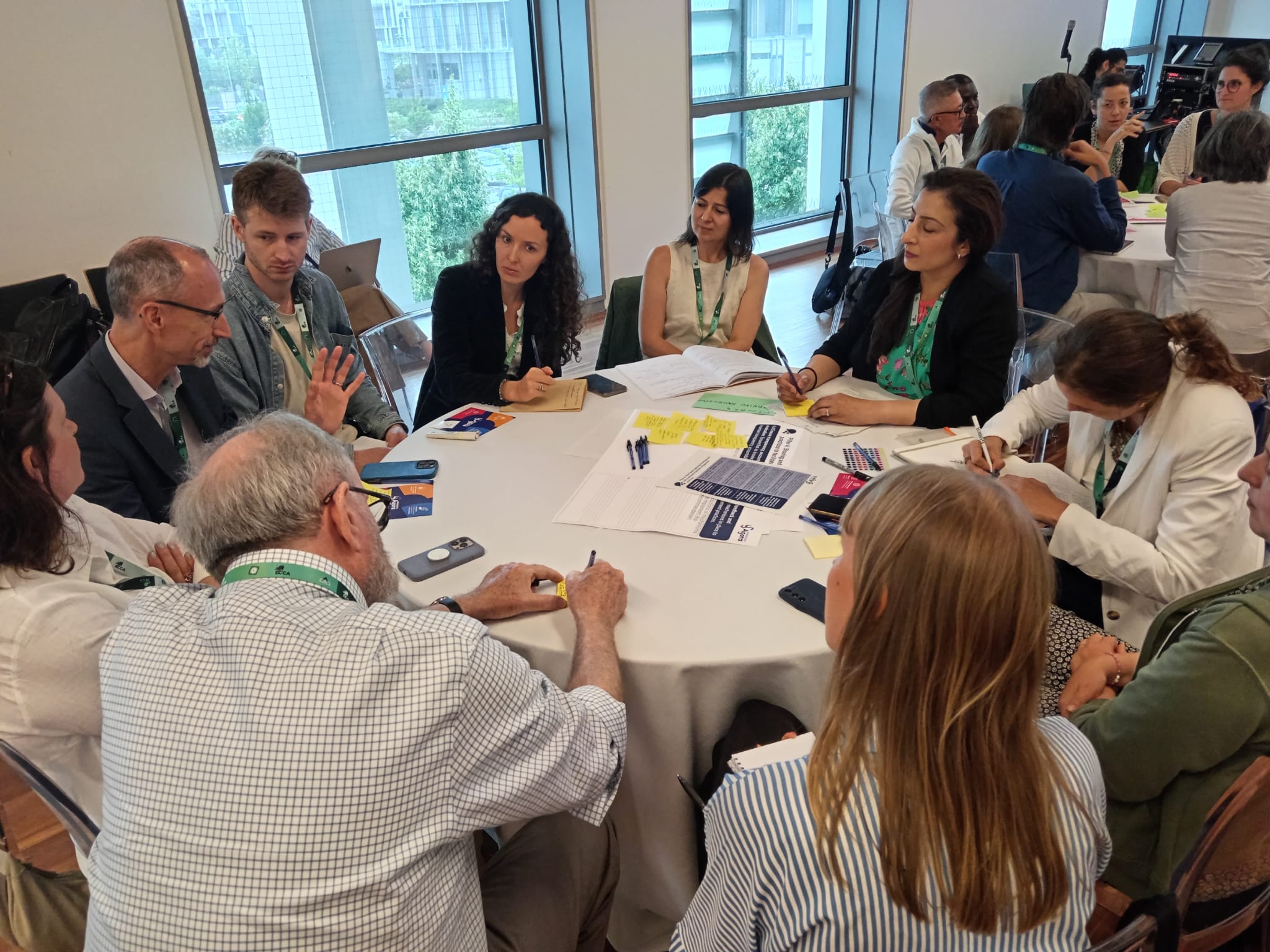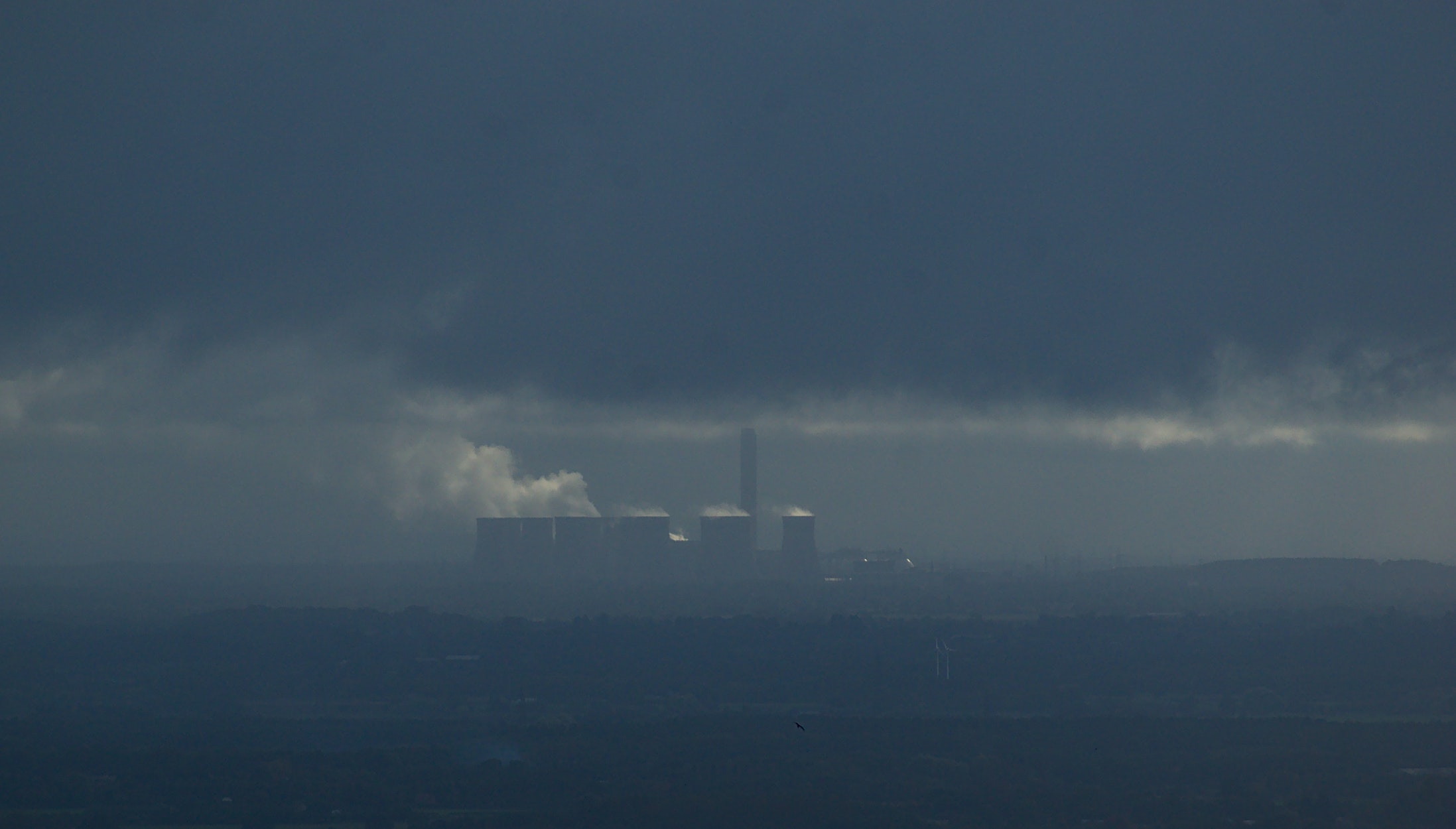The first part of the IPCC’s sixth assessment report (AR6), released on 9 August, has sent shockwaves across the globe. The increasingly assertive language used by scientists has been widely reported by global media with front news headlines. Not only does the AR6 provide much more detail on the changes currently underway but it also establishes with increased certainty what the causes and possible future climate scenarios are.
A certainty that is founded on not only improved science but also the observation of unprecedented changes to our lived environment over the last few decades. According to Prof Ed Hawkins, from the University of Reading, UK, and one of the report’s authors: “It is a statement of fact, we cannot be any more certain; it is unequivocal and indisputable that humans are warming the planet.”
After approval by 195 member governments of the IPCC, The Working Group I report, Climate Change 2021: the Physical Science Basis, is the first instalment of the AR6 which will play a crucial role in informing negotiations at the upcoming COP26 and beyond. The Working Group I contribution to AR6 collects the most up-to-date physical understanding of the climate system and climate change, showcasing cutting edge climate science to provide policymakers with the information needed to inform their decision making processes.
It will be followed by two more reports, the first of which will assess research on impacts, vulnerability and adaptation, and the final one looks at what is known about the possibilities of mitigation.
The much-anticipated report has been met with a strong global reaction as scientists have now established with a high degree of certainty that many of the major changes in climate have become “inevitable” and “irreversible” and that the source of these changes is “unequivocally” caused by human activities. Newspaper headlines have focused on the severity and irrefutable scientific evidence of the climate crisis.
Evidence collated in the report points to the fact that temperatures have already increased by 1.1ºC since the start of the 19th century and that, over the next two decades, temperatures are “likely” to rise by more than 1.5ºC above pre-industrial levels. This would mean that, under almost all the scenarios considered, countries would fail to reach their 2015 Paris climate agreement pledges, with dire consequences for the planet and society.
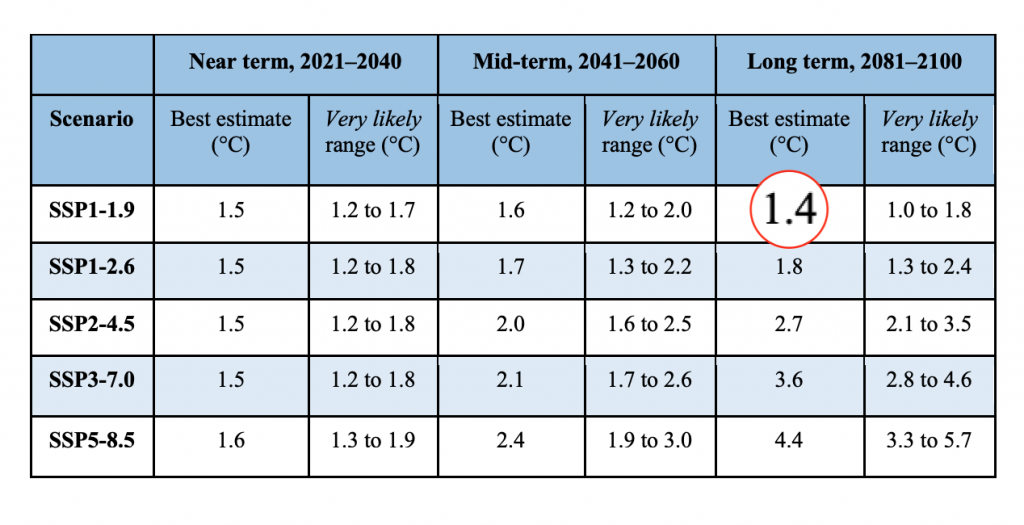 Consequences are already visible across the globe with extreme weather events already being part of the new normal. Professor Michael Mann, who recently participated in a live webinar on the role of climate policy (organized by the CMCC), explains that: “Climate change is now causing amplified weather extremes of the sort we’ve been witnessing this summer – droughts, heatwaves, wildfires, floods, superstorms,” he said. “The impacts of climate change are no longer subtle. We see them playing out in real-time in the form of these unprecedented extreme weather disasters.”
Consequences are already visible across the globe with extreme weather events already being part of the new normal. Professor Michael Mann, who recently participated in a live webinar on the role of climate policy (organized by the CMCC), explains that: “Climate change is now causing amplified weather extremes of the sort we’ve been witnessing this summer – droughts, heatwaves, wildfires, floods, superstorms,” he said. “The impacts of climate change are no longer subtle. We see them playing out in real-time in the form of these unprecedented extreme weather disasters.”
However, AR6 also indicates that there is some room for manoeuvre if we act swiftly and decisively. “Strong and sustained” reductions in emissions of carbon dioxide (CO2) and other greenhouse gases have the potential to mitigate climate change. Although some of the positive effects of such reductions could be visible in the short term, such as improved air quality, others such as stabilizing temperatures would take decades to manifest.
What has changed since AR5?
When AR5 was published in 2013-14 one of the major aspects was to form an irrefutable link between emissions of greenhouse gasses and global temperature changes. This led to the calculation of a “carbon budget” for ensuring that certain temperature increases are not met. In AR6, the budget has been calculated once more and shows that for a 50% chance of remaining below 1.5ºC only 500bn more tonnes of CO2 can be emitted. That amounts to 15 more years of consumption and production at current rates, which in turn implies that the entire world would have to reach net-zero emissions before 2050.
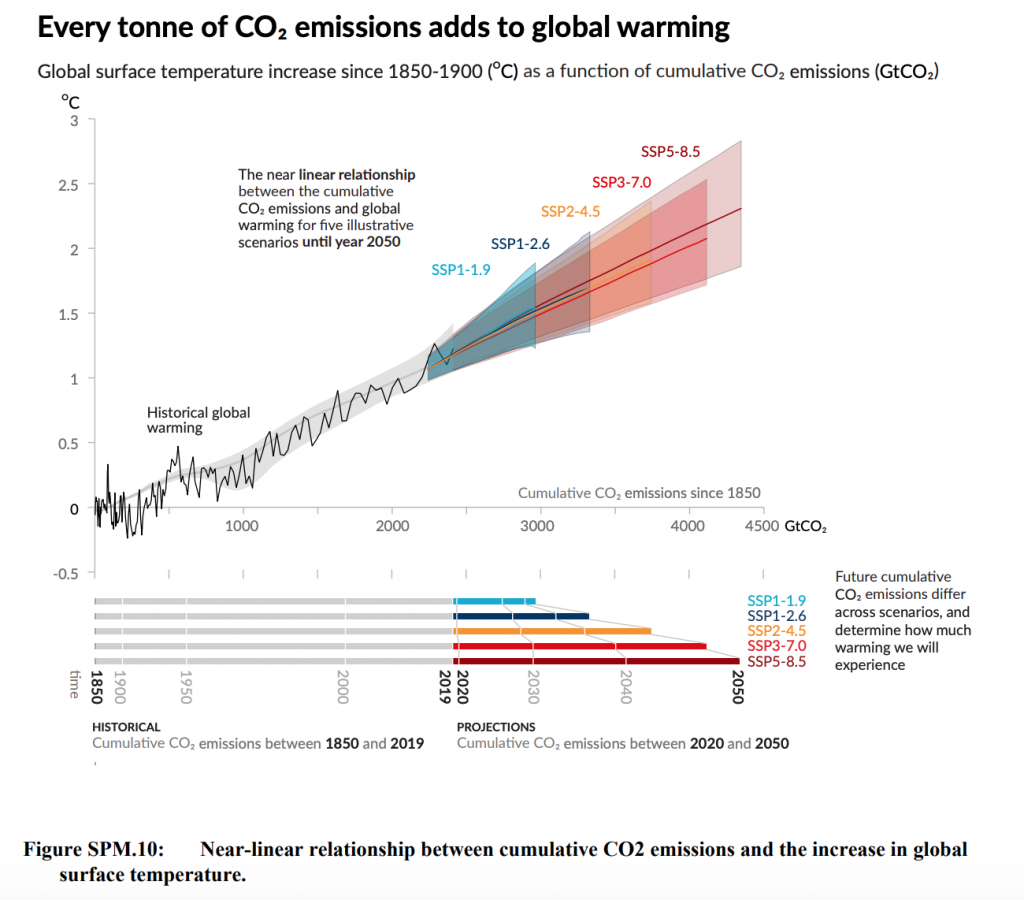
Not only does AR6 provide a new carbon budget but it is a lot more certain in its claims and calculations compared to its predecessor. A certainty that is derived from not only simulations and computer models but also the possibility of drawing on more physical evidence and observations “bringing together the latest advances in climate science, and combining multiple lines of evidence from paleoclimate, observations, process understanding, and global and regional climate simulations.”
In the new report, scientists have demonstrated the greater level of certainty in their findings by including more instances in which they express “high confidence”, which outnumbered those where they have only “medium confidence”; a stark contrast to AR5 to AR5 which had an equal distribution of such expressions.
In particular scientists have higher confidence in their claims about human influence on issues such as the frequency of concurrent heatwaves and droughts worldwide; frequency and intensity of heavy rainfall and flooding throughout Asia and Africa at 1.5ºC; and that some mid-latitude regions, including south, central and eastern Europe, will see around 1.5 to 2 times faster than the global average increases in the temperature of the hottest days.
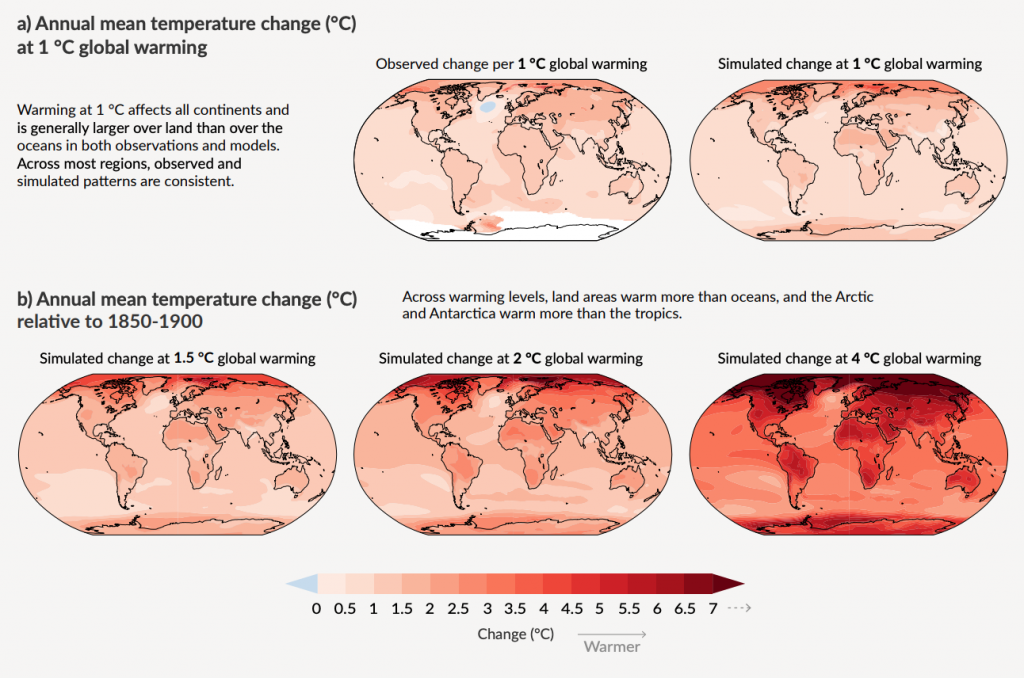
Still further, scientists are also a lot more confident about what they call “equilibrium climate sensitivity” – which refers to the global mean surface air temperature increase that follows a doubling of atmospheric carbon dioxide. The Economist reports that: “In 2007’s AR4, this number was put between 2 and 4.5ºC; in 2013’s AR5 the uncertainty had increased slightly, expanding the range to 1.5-4.5ºC (range 3). Now it has been halved: AR6 puts the sensitivity at 2.5-4ºC, with a best estimate of 3ºC.”
Simon Lewis, professor of global change science at University College London, told the Guardian that: “The observations this summer show that some impacts [predicted in previous IPCC assessments of the climate] seem to be underestimated, but we can’t know if the devastation of summer 2021 is the new normal without a few more years’ data. But what we do know is if emissions continue to rise, then increasingly severe climate impacts will occur.”
A matter of degrees
Although AR6 doesn’t focus exclusively on rising temperatures and their effect some of the most significant conclusions concern how temperatures have been rising faster than in previous IPCC assessment cycles. Chapter 2 of the report focuses on this aspect and concludes with“high confidence” that: “Observed changes in the atmosphere, oceans, cryosphere and biosphere provide unequivocal evidence of a world that has warmed. Over the past several decades, key indicators of the climate system are increasingly at levels unseen in centuries to millennia, and are changing at rates unprecedented in at least the last 2,000 years.”
This indicates that global mean surface temperature (GMST) has increased by 1.09ºC between the pre-industrial baseline period 1850-1900 and the most recent decade of 2011-20. This was more likely than not the warmest in roughly 125,000 years.
Furthermore, scientists have also established that greenhouse gas concentrations of CO2, methane and nitrous oxide “have increased at rates that have no precedent on centennial time scales in at least the past 800,000 years”, and determines with “high confidence” that concentrations of CO2 in the atmosphere are higher than they have been for at least the past two million years.
Compared to the previous report AR6 projects that there will be slightly more warming under comparable emissions scenarios, and that these conclusions are less uncertain. “Global surface temperature will continue to increase until at least the mid-century under all emissions scenarios considered. Global warming of 1.5C and 2C will be exceeded during the 21st century unless deep reductions in CO2 and other greenhouse gas emissions occur in the coming decades.”
One of my personal favourites. A figure we did in Chapter 1 of #IPCC #ClimateReport showing the five considered scenarios, the timings peaking and halving CO2 emissions as well as when they reach net-zero. Together with @ed_hawkins beautiful stripes. pic.twitter.com/B3AGuf2aq8
— Malte Meinshausen (@meinshausen) August 10, 2021
Specifically, AR6 adresses “possible climate futures” by looking at five “core” emissions scenarios, spanning the “very low emissions” SSP1-1.9, “low” SSP1-2.6 and “intermediate” SSP2-4.5, through to “high” SSP3-7.0 and “very high” SSP5-8.5.
Perhaps the only hope comes with the report’s statement that “It is virtually certain that global surface temperature rise and associated changes can be limited through rapid and substantial reductions in global GHG emissions.”




